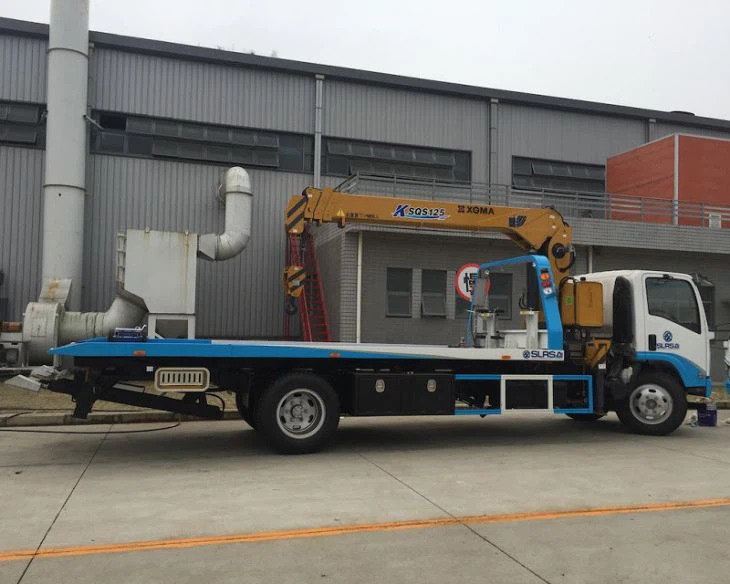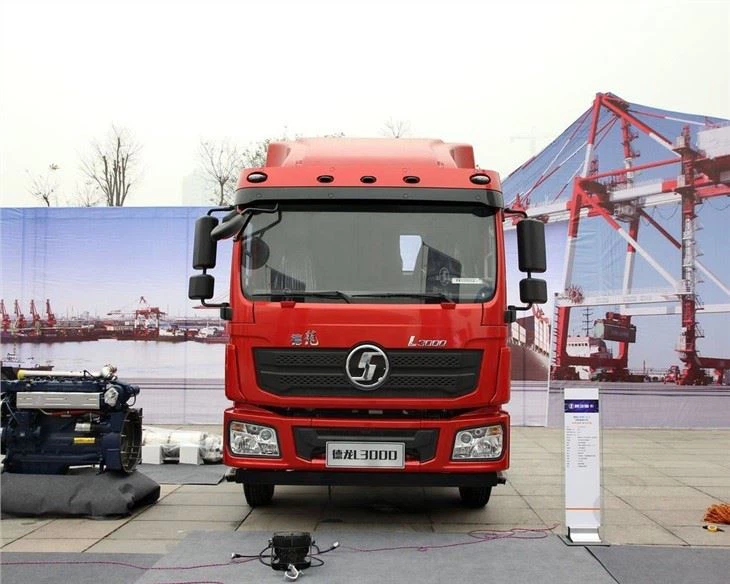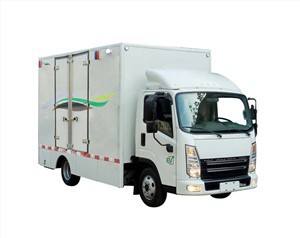Extended Cab vs Crew Cab: Understanding the Differences and Choosing the Right Pickup Truck for You

When it comes to choosing a pickup truck, one of the most crucial decisions you will have to make is whether to go with an extended cab or a crew cab. Both options offer distinct features, advantages, and limitations that can significantly impact your driving and ownership experience. This comprehensive guide aims to provide you with in-depth insights into the differences between extended cab and crew cab configurations, helping you make an informed decision for your needs.

What is an Extended Cab?
An extended cab truck features a smaller rear seating area compared to a crew cab. Extended cabs typically have two rows of seating but the back seats are more compact, often designed for occasional use rather than for long journeys. The rear doors may be either reverse-hinged or standard doors, allowing for easier access to the back seats.
Key Features of Extended Cabs
- Space: Extended cabs usually provide extra room behind the front seats, offering more storage and legroom compared to regular cabs.
- Storage: The compact size allows for larger bed space, favorable for those who frequently haul larger items.
- Fuel Efficiency: Typically, extended cabs weigh less than crew cabs, which may lead to slightly improved fuel efficiency.
What is a Crew Cab?
A crew cab, on the other hand, is designed with a more spacious back seating area that can comfortably accommodate adult passengers. This type of cab provides enhanced passenger space, meaning it has four full-sized doors and larger rear seating, making it an ideal choice for families or those who frequently transport multiple passengers.
Key Features of Crew Cabs
- Interior Space: Crew cabs are known for their ample legroom and headroom in the back seats.
- Convenience: Four full-size doors allow easy access to the back seats, making it easier to enter and exit the vehicle.
- Comfort: Better suited for long journeys or daily commutes with family or friends.
Comparison of Extended Cab and Crew Cab
Dimension Comparison
| Feature | Extended Cab | Crew Cab |
|---|---|---|
| Seating Capacity | Up to 5 passengers | Up to 6 passengers |
| Rear Seat Space | Compact | Spacious |
| Door Configuration | Typically rear-hinged or standard | Four full-size doors |
| Bed Size | Larger bed space available | Smaller bed space due to larger cab |
Cost Considerations
Another critical factor to consider is the cost. Generally, extended cabs are less expensive than crew cabs due to their smaller overall size and fewer features. However, the cost can vary depending on the specific make and model of the truck. Here are some average cost trends to keep in mind:
- Extended Cabs: Generally range from $30,000 to $40,000 depending on features.
- Crew Cabs: Prices often start around $35,000 and can go as high as $50,000 or more.
Pros and Cons of Extended Cabs
Advantages
- Affordability: Typically less expensive than crew cabs.
- Larger Bed Space: Better for hauling larger items.
- Slightly Better Fuel Efficiency: Lighter weight can equate to improved gas mileage.
Disadvantages

- Limited Passenger Space: Back seats may not accommodate larger individuals comfortably.
- Reduced Accessibility: Rear doors can be tricky to navigate depending on the design.
Pros and Cons of Crew Cabs
Advantages
- Enhanced Passenger Comfort: More room for passengers, making it ideal for families.
- Convenient Access: Four full-size doors improve access to the rear area.
Disadvantages
- Cost: Generally more expensive than extended cabs.
- Less Bed Space: Smaller truck beds can limit hauling capacity.
When to Choose an Extended Cab
If your primary focus is carrying cargo rather than passengers, or if you often have only occasional backseat passengers, an extended cab may be the suitable choice for you. Here are some scenarios where an extended cab would be beneficial:
- You frequently transport larger items and need more bed space.
- You’re on a tighter budget and want to save money.
- You rarely have more than one or two passengers at a time.
When to Choose a Crew Cab
If you often travel with family or friends or require a pickup for both leisure and daily activities, a crew cab might be the better option. Consider a crew cab in the following situations:
- You frequently carry multiple passengers.
- You prioritize comfort and convenience in your vehicle.
- You plan on taking longer trips where backseat passengers will need more space.
Practical Examples and Tips for Choosing Between Extended Cab and Crew Cab

Evaluate Your Space Needs
Take a closer look at how you intend to use your truck:
- If you’re using it for everyday commuting or have family trips in mind, consider the crew cab.
- If it’s mainly for work-related tasks and cargo space is crucial, the extended cab might be the better option.
Take Test Drives
Don’t skip the test drive! Sit in both cab types to get a feel for the space, comfort level, and accessibility. Pay attention to how easily you can get in and out of the back seats.
Assess Resale Value
Generally, crew cabs may retain their value slightly better due to higher demand among families. However, market trends can vary based on your region.
Consider Maintenance Costs
Think about the long-term upkeep. Extended cabs can sometimes have lower maintenance costs due to their simpler configurations.
Frequently Asked Questions (FAQ)
1. What is the primary difference between an extended cab and a crew cab?
The primary difference lies in the size and space: extended cabs offer limited rear seating space while crew cabs provide a more spacious and comfortable rear seating area.
2. Are extended cabs good for families?
Extended cabs can accommodate families, but they are not recommended for regular use if you have several children or adult passengers as the space is limited.
3. Is there a significant price difference between extended cab and crew cab options?
Yes, extended cabs are generally less expensive than crew cabs due to the size and features offered.
4. Which cab style is better for towing and hauling?
Extended cabs usually provide larger bed space, making them better suited for towing and hauling large items. However, some crew cabs are designed specifically for heavy-duty performance.
5. Can I fit car seats in both types of cabs?
Yes, you can fit car seats in both types, but the crew cab generally offers more space to do so safely and comfortably.
6. What types of trades or uses are best suited for each cab type?
Extended cabs work well for trades that require hauling tools and materials without the need for frequent passenger transport. Crew cabs are suited for individuals who need a balance between hauling equipment and transporting people, like contractors or families who also want utility.
